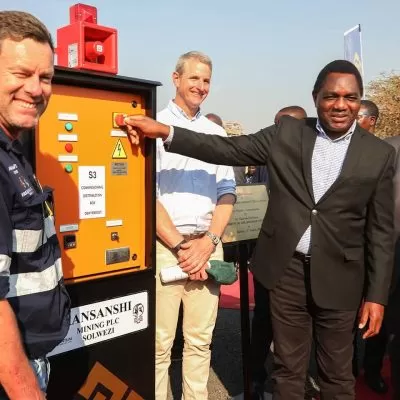By Kalata News,
Chipata – THE stop in the operations of the 24km Chipata-Mchinji Railway line has slowed the growth of the business and trade in the border town of Chipata.
Officially launched in September, 2010 by the leadership of Zambia, Malawi and Mozambique, the Chipata-Mchinji rail was touted as a trade link for Zambia with Malawi and Mozambique and would the Zambian mines and industries with the ports of Nacala in Mozambique via Lilongwe.
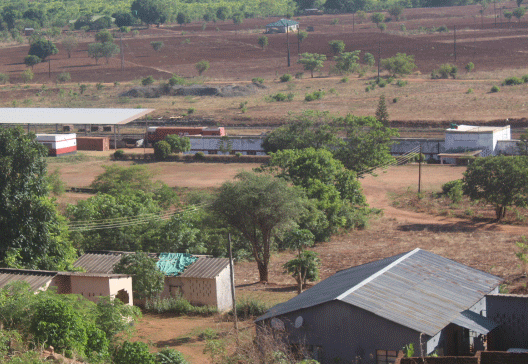
According to the then Zambian President Rupiah Banda, as quoted by the Southern African News Features (SANF 10 No 36), the historic launch of the Chipata-Mchinji railway line will provide the shortest route to the port of Nacala on the Indian Ocean, boosting trade not only in Malawi, Mozambique and Zambia but the entire southern African region.
However, the Chipata Mchinji Railway line stopped operating in December, 2018 after the railway line had part of its rail washed away by floods on both the Zambian and Malawian sides.
According to a report by Lusaka Times, the Zambia Railways Limited said restoration works on the Chipata- Mchinji Railway Line on the Zambian side have been completed and would be operational by 2019. It did not happen.
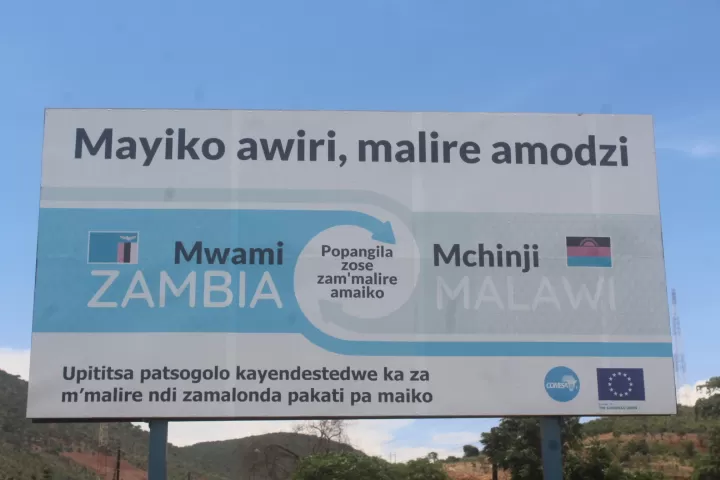
Speaking at the commissioning ceremony of the Chitapa-Mchinji railway line in late August, Zambian President Rupiah Banda said the development provides an opportunity for the three countries to deepen integration as well as boost trade in the region.
“Although it has taken this long,” Banda said, “we are happy that we have reached this stage. Our dream has been realised.”
“It makes it cheaper for us to bring in goods from Asia. It is the shortest route to the sea,” he added.
However, Banda also urged the community to take good care of the railway, saying any vandalism would have an adverse impact on the economy of the three countries.
“I wish to appeal to the people of eastern province to guard this railway line jealously and to avoid acts of vandalism,” he said.
The Nacala port is one of the three ports in Mozambique that has a natural deep water harbour, allowing unrestricted access to vessels of all sizes.
He said the railway line is critical to the economy of many southern African countries, particularly Zambia as it would reduce the cost of importing goods from the Far East.
Zambia was currently relying on the longer route to the ports, using the Tazara railway line that links the country with the port of Dar es Salaam in the United Republic of Tanzania.
His Malawian counterpart, Bingu wa Mutharika, who witnessed the commissioning ceremony concurred and said the private sector should partner the government in ensuring the railway line is a major success.
“The business community should respond to the political will shown and take advantage of the facility,” he said.
He described the railway line as a major achievement for the three countries as it would enable them to smoothly transport their agricultural, mineral and manufactured goods across the region as well as to various destinations in the world.
Mozambican Transport and Infrastructure Minister Paulo Zucula, who stood in for President Armando Guebuza, also hailed the development as a major step towards deeper regional integration.
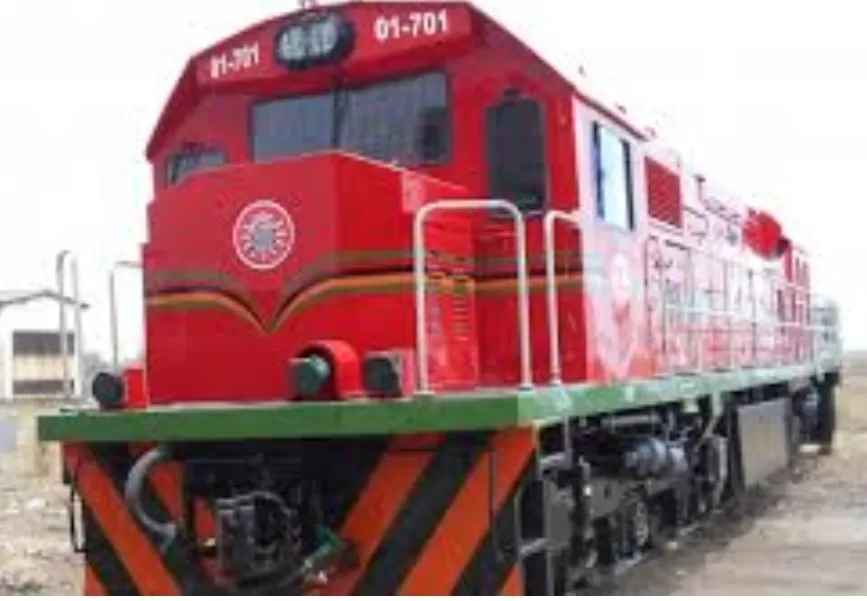
According to it construction plan of 2016, 2016 project plan by TEAM Group says The railway was supposed to connect the TAZARA line in the west with the railway from Chipata (Zambia) to Mchinji (Malawi) in the east.
Says the TEAM Project plan, “with a gauge of 1067mm, it is 400 km long and is part of the railway system that connects the central-west Malawi/Zambia border to the port of Nacala, and alternatively to the port of Beira via Lilongwe, Blantyre and Mulanje in Malawi-Mozambique border area.”
It continues, “the Project is a capital Project and will play an important role in strengthening cooperation between Zambia and its neighbouring countries to promote regional economic development and international trade. Moreover, the Project is expected to provide safe and rapid freight and intercity passenger transport, transferring passengers and freight from road to rail, reducing rapid road damage and increasing road safety.”
A media tour of the Mwami-Mchinji One Stop Border Post (OSBP) conducted by the Zambia Border Posts Upgrading Project (ZBPUP) on December 14, 2023 revealed that this border was lower trade and revenue volumes compared to other border posts that were serviced by a railway line.
Leading the tour in the City of Chipata, about 550 km East of Lusaka, Director of Trade in the Ministry of Commerce, Trade and Industry (MCTI), Dr. Simon Ngona said the visit to the Mwami and Mchinji border post was to showcase to the journalists the operations of the border post and how it helps facilitate trade between Zambia and its neighbours.
“Before the coming of One Stop Border Posts, crossings by vehicles especially cargo trucks, used to take a long time resulting in the increased costs to businesses due to time spent and damage to goods at the borders,” explained Dr. Ngona.
The Chipata-Mchinji rail was first initiated in the early 1970s as a bilateral project between Zambia and Malawi.
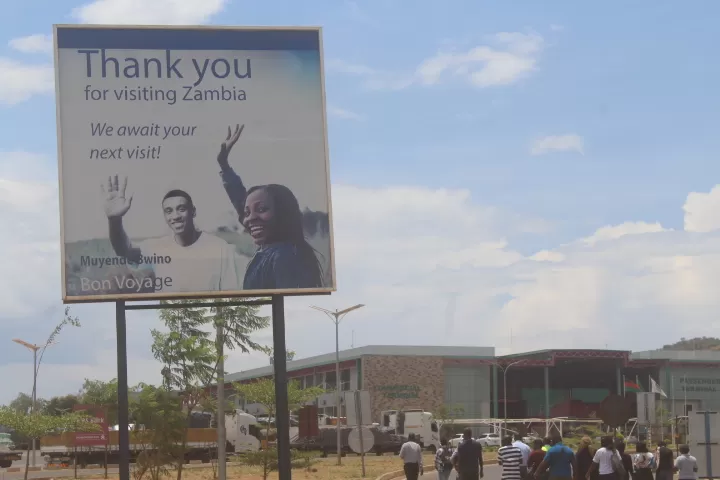
Construction work started in 1982 only to stall for several decades due to lack of funds. Availability of funds saw the construction of the railway resume in 2006.
When fully operational, the railway is expected to create employment for locals and promote the smooth movement of goods and people across the SADC region.
The railway will also have ripple effects on other economic sectors and bring down the price of most basic commodities.
Railway is regarded as one of the most reliable forms of transportation, especially for bulk goods, and it also reduces pressure on other transport means such as road.
The construction of the Chipata-Mchinji railway line meets the objective of Africa’s three regional economic communities, namely COMESA, EAC and SADC, who have agreed on a programme of action to build sound infrastructure to strengthen integration.
Over US$1.2 billion has been raised by the three communities to upgrade regional road, rail and port to support facilitation measures.
Planned projects include the construction of over 8,000km of roads, rehabilitation of 600km of rail and upgrading of ports.
Quoting a Company Acting Public Relations Manager at that time a Sombe Ng’onga, she said restoration works on CEAR Railways in Malawi are still in progress and train movements between Chipata and the Port of Nacala will only be operationalised by mid-January, 2019, when the works are expected to be completed.
Zambia Railways Limited operates the Chipata-Mchinji Railway line on a stretch of 24 kilometres from Chipata in the Eastern province connecting with CEAR Railways in Malawi and CDN Railways of Mozambique up to the Port of Nacala.
There is need therefore for the Zambian Ministry of Transport to complete this railway project and link it to the Great East Road so goods and services can transit through the city of Chipata.


